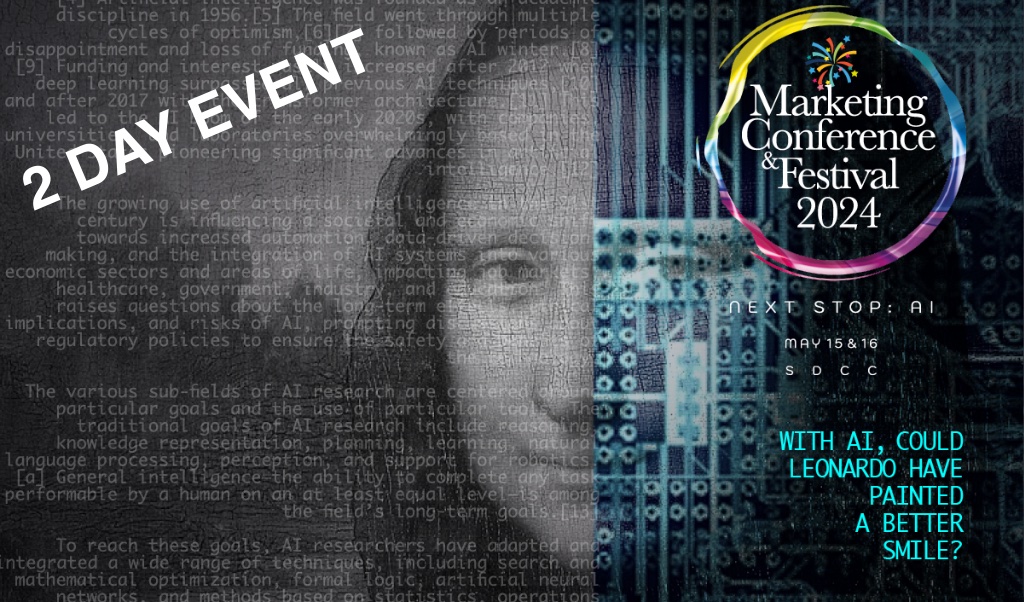By The Malketeer
In the landscape of advertising, traditional methods are swiftly being tampered by technological advancements, ushering in an explosive era of “synthetic ads,” or ads comprising content based on the artificial and automatic production and modification of data.
These ads, generated through sophisticated AI techniques like deepfakes and generative adversarial networks (GANs), blur the lines between reality and fiction.
The brutal truth is that advertising is undergoing a seismic confrontation with the emergence of deepfakes and AI-generated content.
A research study conducted by Colin Campbell, Kirk Plangger, Sean Sands, and Jan Kietzmann, published in the Journal of Advertising (2022, Vol. 51), introduces an interesting framework to dissect on how consumers engage with manipulated advertising, particularly in the face of increasingly sophisticated synthetic content.
Rise of Manipulative Advertising
By delving into the realms of ad falsity, consumer response, and originality, their framework not only elucidates the evolving dynamics of ad manipulation but also provides a roadmap for future research.
Advertising, once predominantly reliant on human ingenuity and analog tools, is undergoing a paradigm shift accelerated by technological innovations.
The emergence of synthetic ads, meticulously crafted through artificial intelligence, presents both challenges and opportunities for advertisers and consumers alike.
As deepfakes and GANs blur the boundaries between fact and fiction, understanding consumer responses to these manipulated advertisements becomes imperative.
This article aims to delve into existing research studies, unveiling a conceptual framework to help navigate the intricate landscape of synthetic advertising.
The Rise of Synthetic Advertising
Synthetic advertising marks a pivotal juncture in the evolution of marketing strategies.
Leveraging AI techniques, advertisers can seamlessly fabricate content that mirrors reality, blurring the line between authenticity and deception.
Deepfakes, in particular, have garnered attention for their ability to superimpose faces onto bodies, enabling the creation of hyper-realistic videos.
Likewise, GANs facilitate the generation of convincing visuals, amplifying the allure of synthetic ads.
In this digital age, where authenticity is prized yet easily manipulated, consumers find themselves grappling with the veracity of the content they encounter.
Understanding Consumer Response
Central to deciphering the impact of manipulated advertising lies in understanding the intricacies of consumer response.
As synthetic ads inundate various media channels, consumers are confronted with a barrage of persuasive narratives.
The framework proposed by Campbell and colleagues illuminates the intricate interplay between ad falsity, consumer awareness, and originality.
While advanced manipulation techniques may enhance the perceived verisimilitude of ads, they also engender skepticism among discerning consumers.
By dissecting these nuanced dynamics, advertisers can tailor their strategies to resonate with their target audience effectively.
Implications for Theory and Practice
The proliferation of synthetic advertising necessitates a recalibration of existing theoretical frameworks.
As consumers navigate an increasingly complex media landscape, theories of persuasion and consumer behaviour must adapt to encompass the nuances of ad manipulation.
Moreover, practitioners must tread cautiously, balancing the allure of synthetic content with ethical considerations surrounding consumer trust and transparency.
By embracing a multidisciplinary approach, researchers and industry professionals can collaboratively address the challenges posed by synthetic advertising while harnessing its potential for innovation.
Synthetic advertising represents a paradigm shift in the realm of marketing, propelled by advancements in artificial intelligence.
As deepfakes and GANs blur the boundaries between reality and fiction, consumers are tasked with navigating a landscape fraught with manipulated content.
By embracing a nuanced understanding of ad falsity, consumer awareness, and originality, advertisers can navigate the complexities of synthetic advertising while fostering trust and transparency in their interactions with consumers.
MARKETING Magazine is not responsible for the content of external sites.









